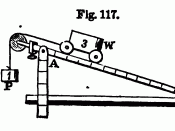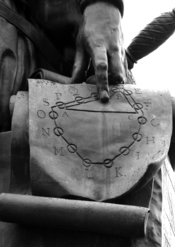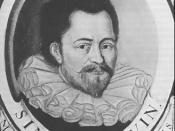Just imagine the huge benefits of a non-stop working machine, which could create energy out of nothing. If this might sound silly now , ...well , humanity needed quite a long time to realise that this is impossible!
In fact, during many centuries, thousands of people have tried building such a machine (now called a first degree perpetuum mobile), but with no positive result. The scientific prove that a first degree p.m. is impossible is given by the first principle of thermodynamics or the energy conservation law. This law says that it is impossible for a system to consume more energy than it has. For a general transformation this law is written: -W=E(a)-E(b),where W is the mechanical work and E(a) and E(b) the system's energies in a and b states. But now, let's have a look at the most interesting attempts of building a p.m. during last centuries, when this scientific law was not yet known.
Even if all have failed, there have been some other good results in other domains of physics obtained while trying to build this miraculous machine. For example Stevin discovered the laws of the inclined plane!
We can realise that the thought of a free working machine can be very seducing, and it is not at all amazing that many thieves tried to lye about having built it and claimed fame and fortune for their invention! Let's see the most interesting types of these machines:
In figure 1 we can see an example of an 'perpetuum mobile'. As seen, there are some spheres at a longer distance and some closer to the central axe; during the movement each of the spheres passes consequently through all positions! There are totally 12 spheres! The author thought that if the rotation momentum of the 1-4 spheres is...


